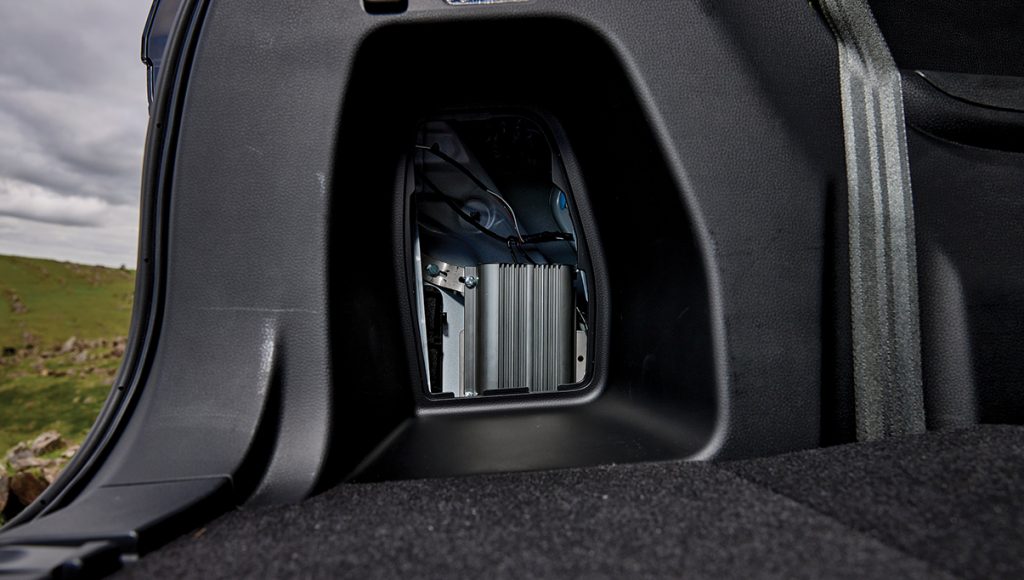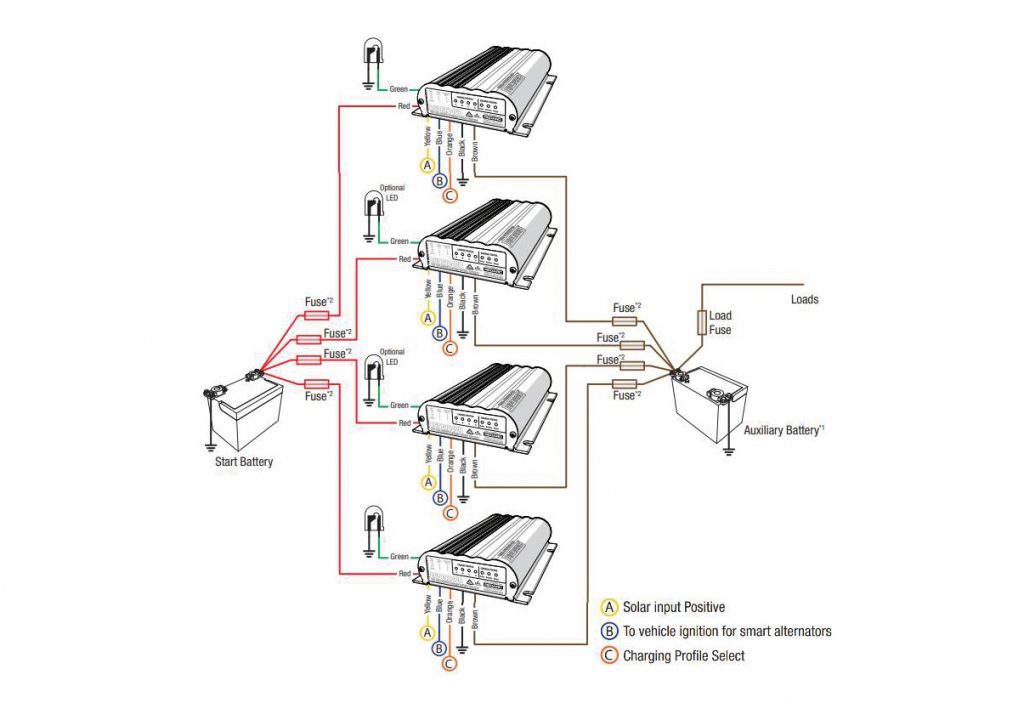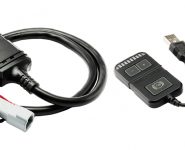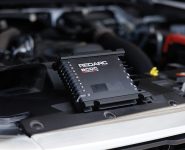INCREASE YOUR CUSTOMERS’ CHARGING CAPABILITIES
With REDARC’s range of BCDC DC-DC Chargers

With bigger batteries and larger battery banks, many customers are wanting to take increasingly power-hungry accessories on the road, meaning more and more auto electricians are needing to configure complex systems with increased performance to keep these systems powered.
REDARC says its trusted DC-DC charging range, the BCDC, has been developed with these needs in mind. Up to four BCDC chargers can be run in parallel to increase the total charge available to charge larger battery banks and support increased power consumption.
Considerations before installation
When designing a power system with the ability to push large amounts of power into batteries, there are several things that need to be considered before installing multiple BCDC chargers.
As with the development of any power system, the initial considerations remain the same; how much power is required, and will the batteries support the loads being drawn?
From here, it needs to be determined that the selected batteries can handle the high input current, as all batteries have a specified maximum charge rate and not all will be appropriate for this application.
You will need to ensure your customer’s battery can accept the combined maximum charge current from all chargers while they’re operating at temperature.
Lastly, and most importantly, the vehicle’s alternator will need to be assessed to ensure that it can provide enough available power to charge the batteries while driving.
In normal operating conditions where the vehicle electrical loads, start battery, accessories and engine management demands are relatively low, the alternator will have some surplus capability when engine speed is above an idle.
This capacity will need to be assessed to ensure it is large enough to handle the power draw of additional chargers to support the auxiliary electrical system.
REDARC’s BCDC range is able to adapt its input current draw to deliver more power to the auxiliary battery.
Using adaptive technology, the BCDC ensures that, under all vehicle operating conditions, auxiliary battery systems are receiving the optimal charge available from the vehicle without compromising its safety and reliability.

Installation specifications
To install BCDC’s in parallel, all charger inputs (red wires) will need to be connected to the start battery positive terminal through their own dedicated fuses.
This can also be done through wiring a single input wire from the start battery and splicing it off to each individual charger. This installation method will need to have accordingly sized cable and fuses to accommodate for the total current the chargers which are in parallel will draw.
It is also critical to note that all chargers should be set to the same charge profile and that a solar array cannot be shared across multiple chargers. To increase solar charging performance, ensure each BCDC has its own independent solar input.
Both the BCDC Classic and Core ranges are lithium (LiFePO4) ready and feature in-built MPPT solar regulators.
Built to be compact, quiet, and reliable, the BCDC range is designed, tested, and manufactured in Australia and, like REDARC’s whole product range, are backed by REDARC’s “market leading” technical support and national REDNetwork certified installer network.
For more information, visit www.redarc.com.au/battery-chargers









